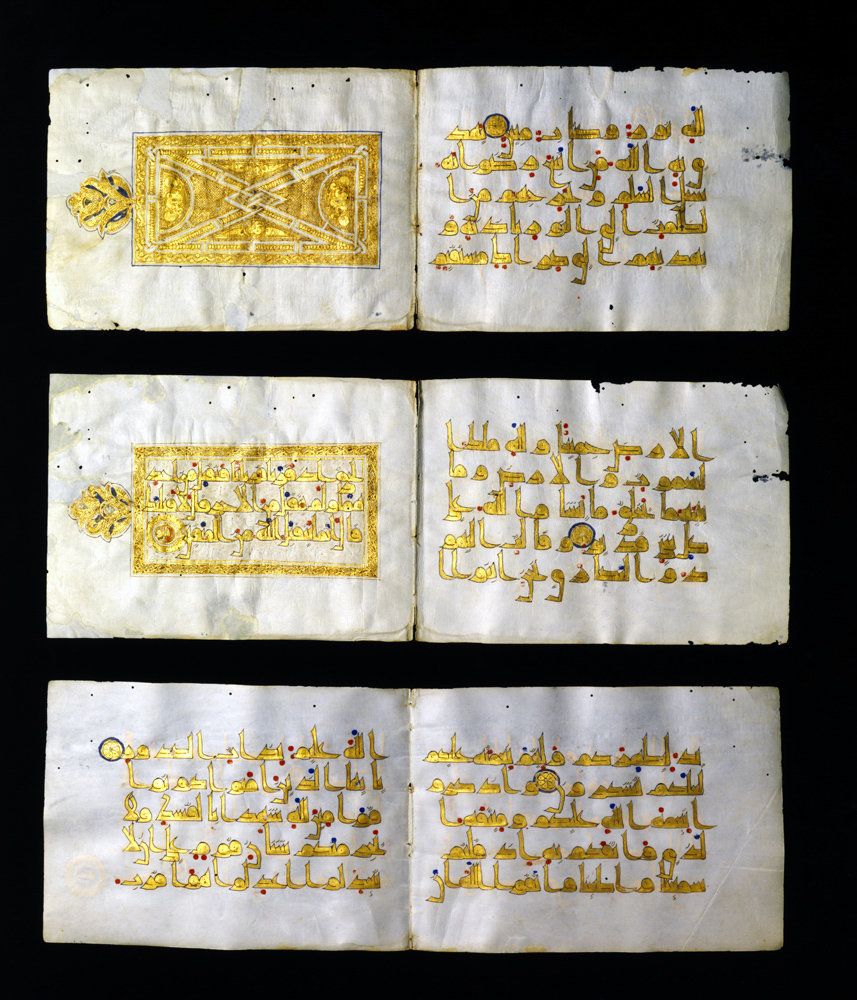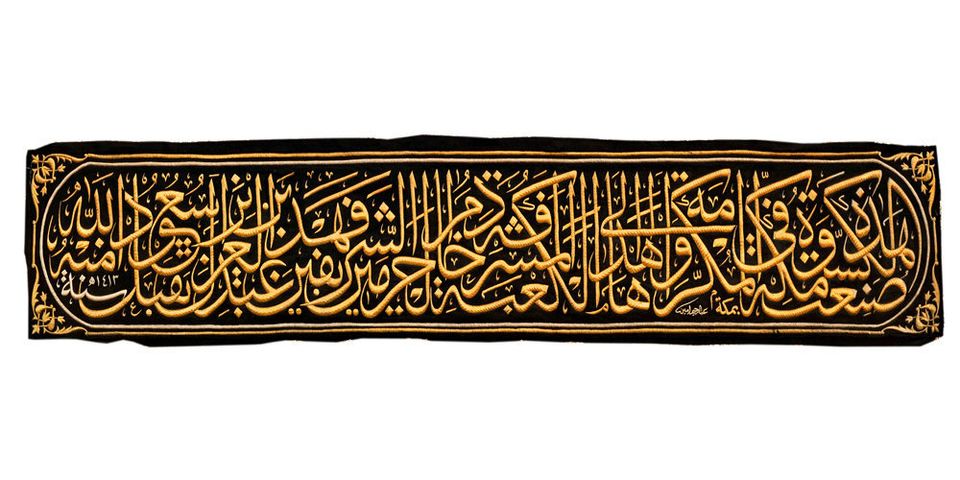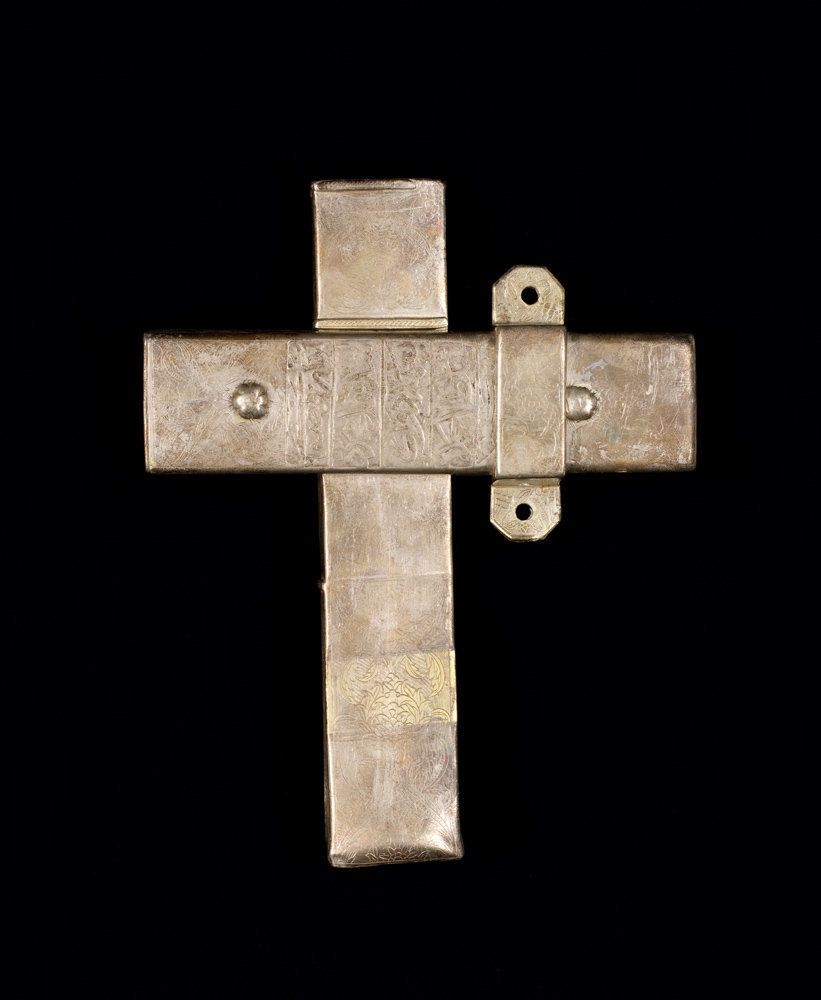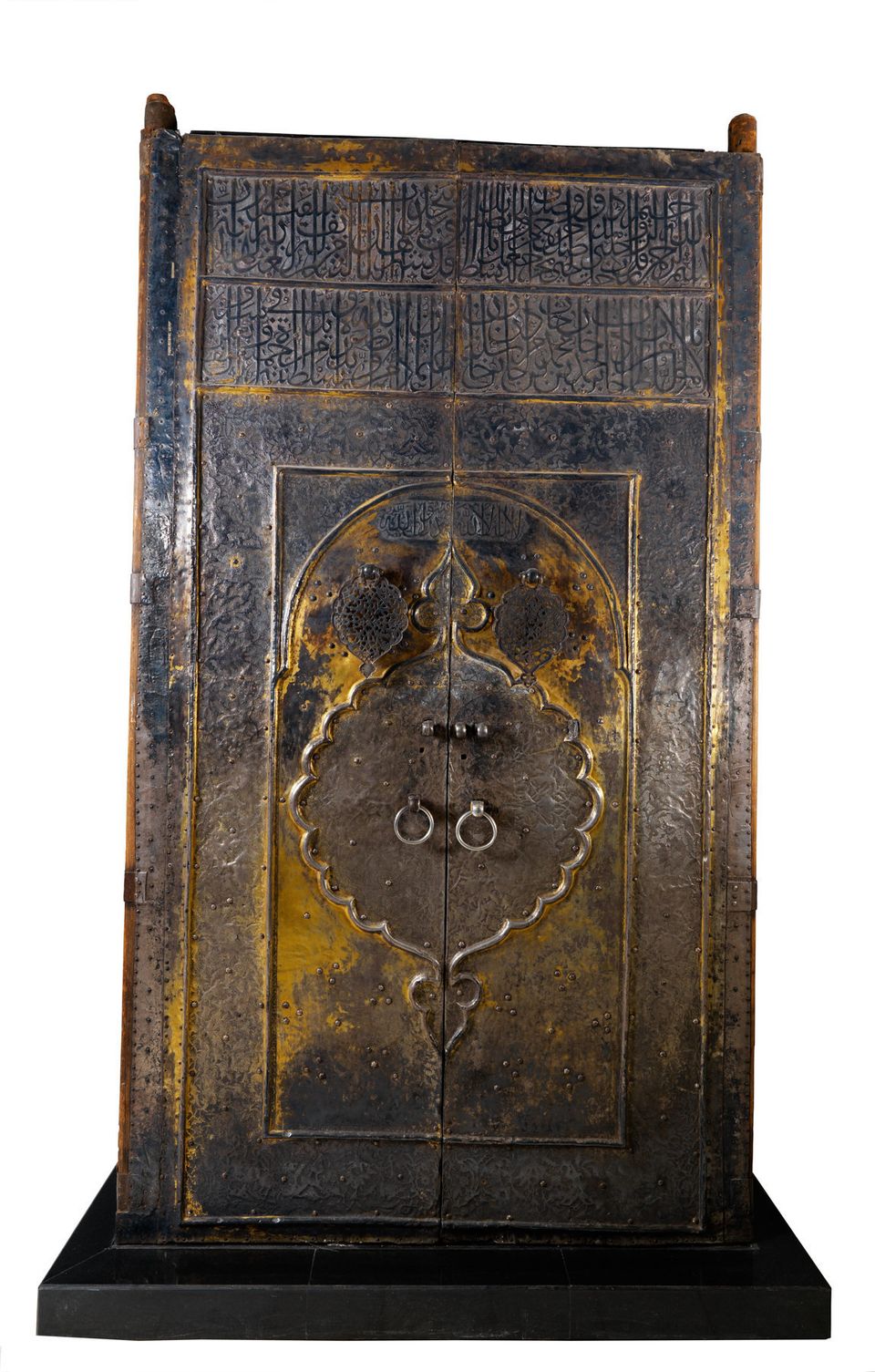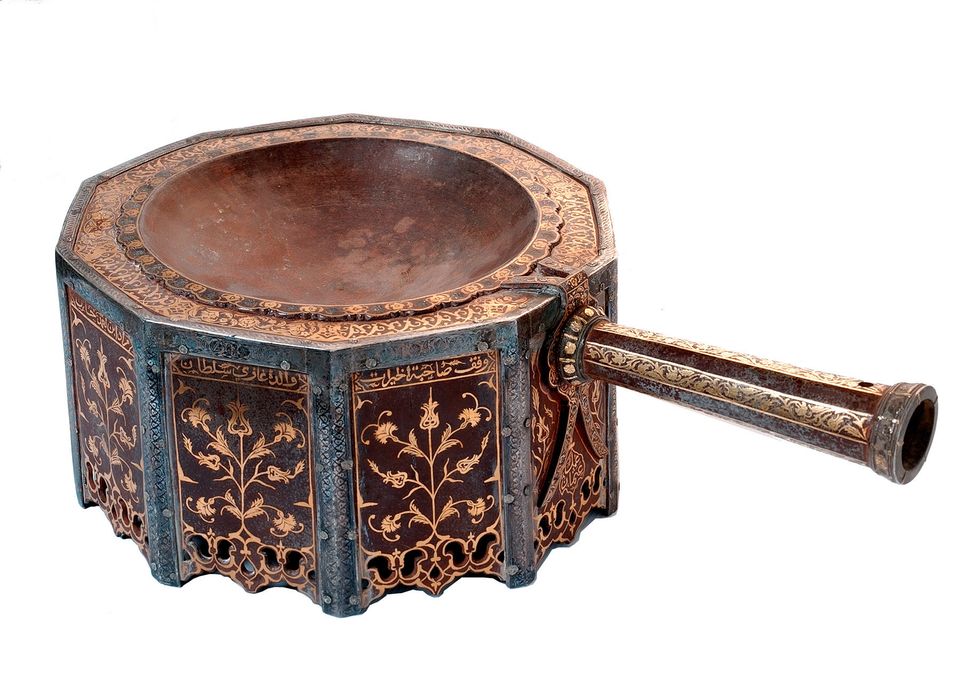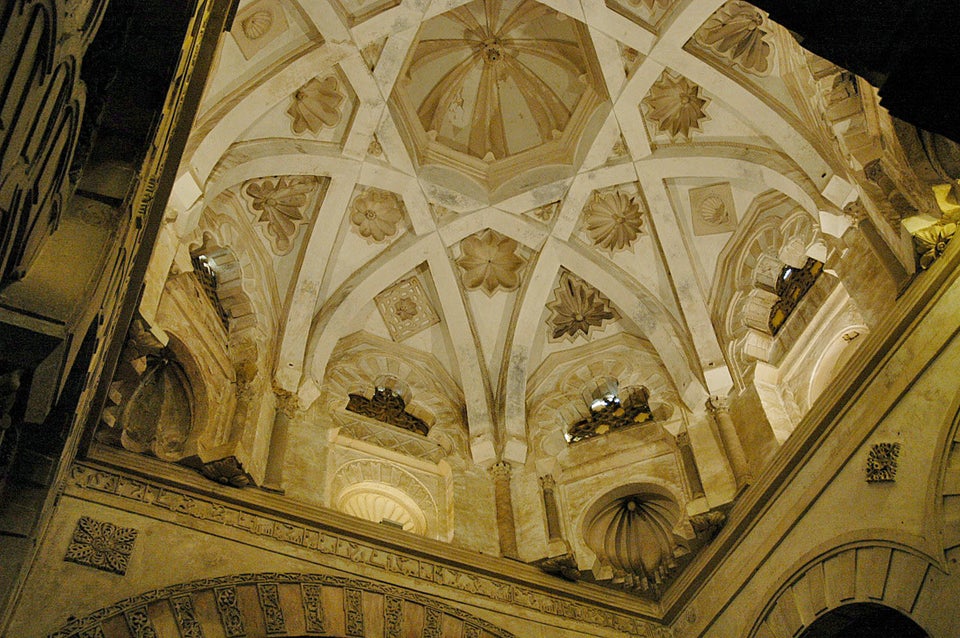Muslim pilgrims will descend on the holy city of Mecca, Saudi Arabia for Hajj in October, participating in a ritual that dates back hundreds of years.
Thousands of miles away, an exhibition documenting the rise of Islam in Saudi Arabia will open on October 24th at the San Francisco Asian Art Museum. 'Roads Of Arabia' includes more than 200 objects that document the historical interactions and exchanges that shaped the culture of the Arabian peninsula, the birthplace of Islam in the 7th century.
Read a a statement from Qamar Adamjee, the museum's Associate Curator of South Asian and Islamic Art, below:
It is a once-in-a-lifetime opportunity to see objects from the Ka’ba in Mecca, Islam’s holiest sanctuary. Muslims rarely have that privilege, while non-Muslims have no access to Mecca. The Roads of Arabia exhibition features several objects gifted to the Ka’ba over the centuries. Rulers and other notables from across the Islamic world offered lavish gifts to the Ka’ba as an expression of pious devotion. Historically, successive dynasties—such as the Mamluks of Egypt, Ottomans of Turkey, and the present Saudi family—that governed the Arabian Peninsula were the custodians of Islam’s holiest sites, and in that position, it was their duty and privilege to maintain and protect the Ka’ba sanctuary. Needless to say, only the best of the best would be considered worthy gifts to the symbolic House of God.Most remarkable and impressive of these is the monumental pair of the Ka’ba’s inner doors. Made of wood and covered with gilded bronze and silver, these doors were ordered by a Turkish Ottoman sultan and remained installed for over 300 years before they were replaced in 1947. Together with a bronze padlock to the doors, inscribed with the name of the reigning Ottoman ruler, they symbolize the dynasty’s custodial role. Custodians of the Ka’ba were also responsible for providing a new set of textile coverings for it at each year, presented at the time of the annual pilgrimage of the hajj. A fragment of the richly embroidered belt (hizam) from this ensemble, with bold calligraphy rendered in gold-wrapped thread, bearing verses from the Quran, and designed by an accomplished calligrapher, is also included in the exhibition.
Among other gifts are two Quran manuscripts, carefully copied in the finest calligraphic styles of theirtime and lavishly decorated with gold. Donations to the Ka’ba also included other types of objects such an impressive incense burner inscribed with the name of an Ottoman queen mother. Together, this sampling of objects in the exhibition presents a wide range of finely-crafted artworks spanning a variety of artistic styles, periods, and media. They reflect a long—and continuing—tradition of marking the centrality and sanctity of the Ka’ba.
Take a look at a sampling of artifacts included in the exhibit below:
